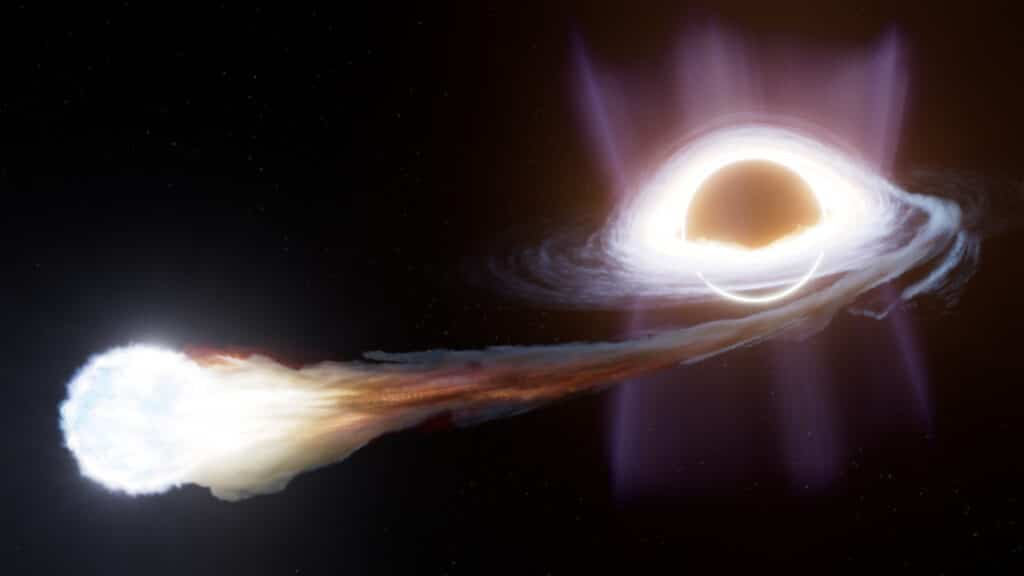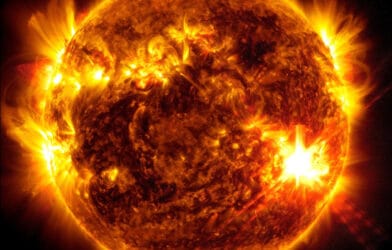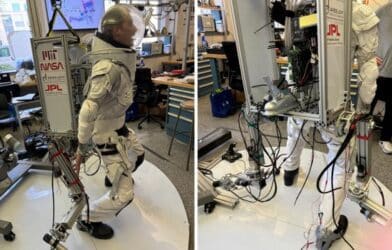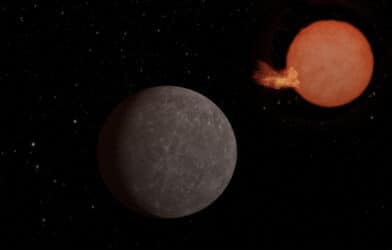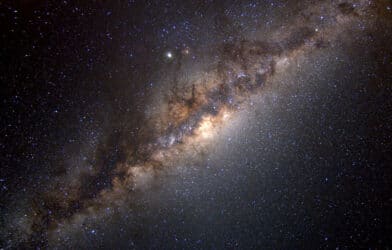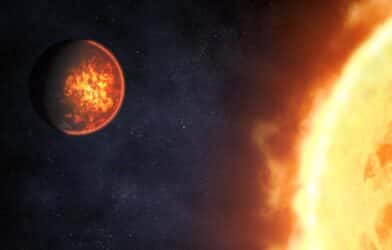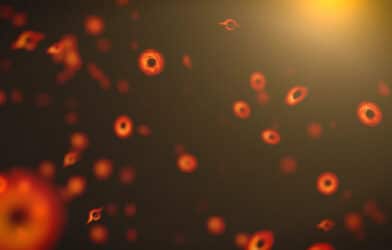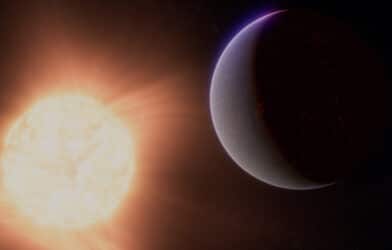In the darkness of the early cosmos, long before the first galaxies lit up the night, a special type of star was bursting to life. Formed from pristine hydrogen and helium, these first-generation “Population III” stars are thought to be the true cosmic ancestors, enriching the universe with heavier elements and paving the way for the stars we see today. But because they existed so long ago, seeing a Population III star directly has been near impossible.
Now, a team of scientists from The University of Hong Kong has proposed an innovative way to spot these elusive stars — by catching them in the act of being torn apart by supermassive black holes. Their work, published in The Astrophysical Journal Letters, suggests that upcoming telescopes like NASA’s James Webb Space Telescope (JWST) and the Roman Space Telescope could detect the bright flares produced in these cosmic death dances.
Population III stars were very different beasts from the stars we see today. Born in an infant universe that was almost entirely hydrogen and helium, they grew to tremendous sizes, ranging from tens to possibly hundreds of times the mass of our Sun. They also burned brightly and died young, exploding as supernovae and spewing heavier elements into space.
Despite their importance, directly observing a Population III star has proven extremely challenging due to their high redshifts and short lifetimes. So the team turned to a different beacon — the brilliant flares created when stars get too close to a supermassive black hole and are torn apart by intense tidal forces, a process known as a tidal disruption event (TDE).
“As the energetic photons travel from a very faraway distance, the timescale of the flare will be stretched due to the expansion of the Universe. These TDE flares will rise and decay over a very long period of time, which sets them apart from the TDEs of solar-type stars in the nearby Universe,” says corresponding study author Jane Dai, principal investigator and professor at The University of Hong Kong.
Using computer models, they showed that when a Population III star is shredded by a black hole, nearly half of the star’s mass swirls into a glowing whirlpool of debris around the black hole. This “fallback” matter heats up due to friction and shines brightly, mostly in ultraviolet and optical light.
What’s more, because Population III stars were so massive, researchers found that this fallback process can stay extremely bright for years or even decades — much longer than TDEs of regular stars.
The team then calculated what these flares would look like to us, accounting for the vast distances involved. They showed that at redshifts around 10, corresponding to when the universe was only a few hundred million years old, a large chunk of the TDE light gets stretched into infrared wavelengths due to the expansion of the cosmos.
“Interestingly, not only are the timescales of the flares are stretched, so is their wavelength. The optical and ultraviolet light emitted by the TDE will be transferred to infrared emissions when reaching the Earth,” notes first study author Dr. Rudrani Kar Chowdhury, postdoctoral fellow of the Department of Physics at The University of Hong Kong.
This infrared glow, they realized, is exactly what cutting-edge telescopes like JWST and Roman are designed to pick up.
Using current estimates for the number of supermassive black holes in the early universe, the researchers predict that Roman could potentially spot dozens of these events per year. The flares would appear to rise in brightness over a few years before slowly fading away.
However, the team cautions there are still many uncertainties, and the actual detection rates could be lower if early supermassive black holes were rarer than currently thought. But even the detection of a single Pop III TDE would be groundbreaking.
“Roman’s unique capabilities of simultaneously being able to observe a large area of the sky and peeking deep into early Universe makes it a promising probe for detecting these Pop III TDE flares, which would in turn serve as an indirect discovery of Pop III stars,” concludes study co-author Janet Chang, a doctoral student at the Department of Physics at The University of Hong Kong. “We expect that a few dozens of these events will be detected by Roman every year if the right observation strategy is pursued.”
